HotSpots H2O: Water Systems in Eastern Ukraine Deteriorate as Conflict Continues
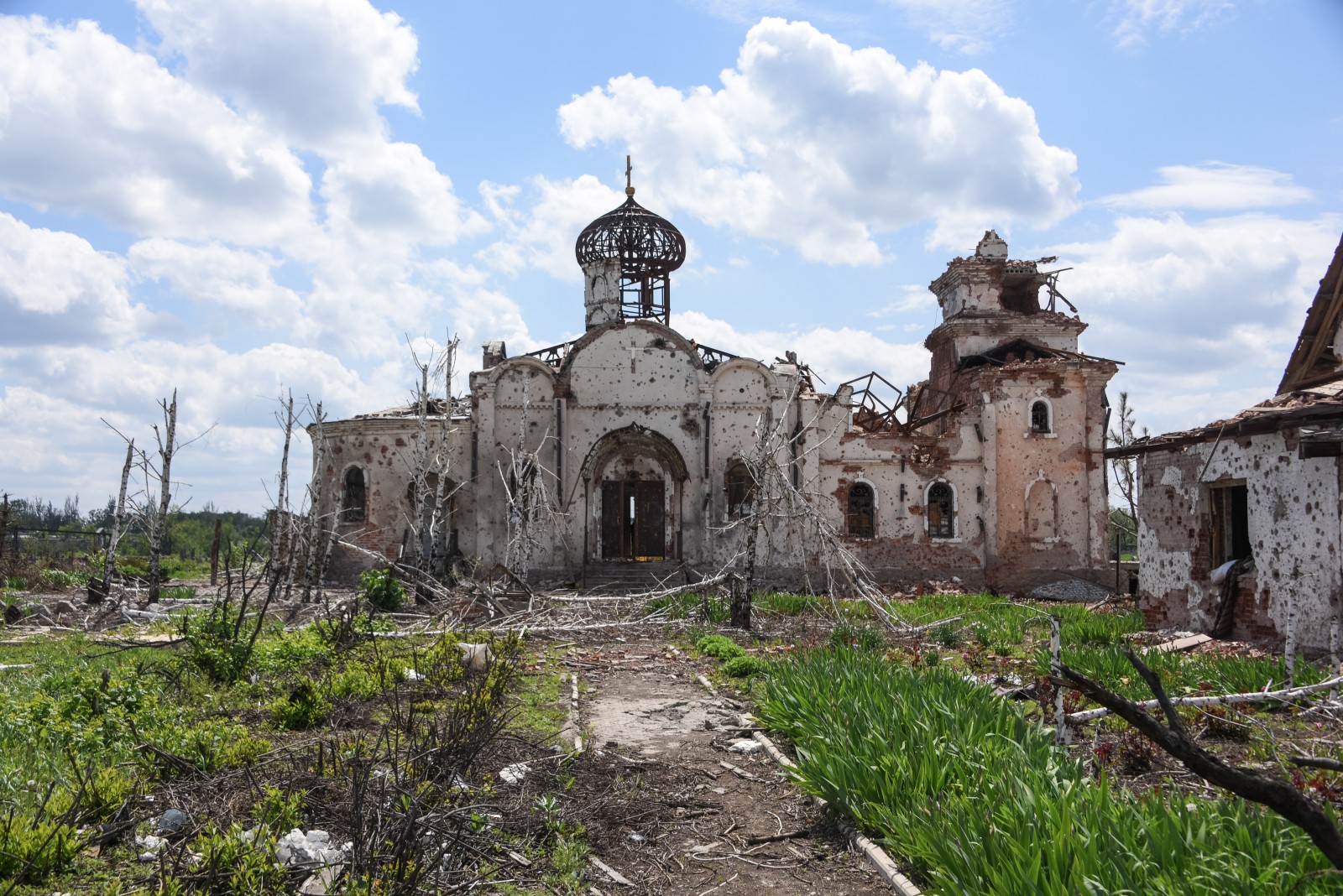
The remains of an Orthodox church in Eastern Ukraine after shelling. © Wikimedia Commons
Following years of conflict between Ukraine and Russian separatist forces, frontline communities in the Donbas region of eastern Ukraine and southwestern Russia still lack access to clean drinking water and sanitation.
Much of the region’s water supply comes from the Siverskyi Donets-Donbas canal, which provides water to 300 communities. Since the conflict began in 2014, the six-decade-old canal has been surrounded by combat, taking a battering from shelling and equipment loss. Along with overwhelming deterioration, the canal, pumping stations, and pipes have been damaged over 300 times due to conflict, according to the Eurasia Daily Monitor. Many pumping stations were forced to shut down. The northern region, which relies on a separate water system, also suffers from pipe deterioration and leaks, leading to water cuts and shortages.
These issues are made worse by two new factors: an especially dry conditions in Ukraine and the ongoing Covid-19 pandemic. For the village of Pavlopil, a community of 450 people located in the Donbas region, water hasn’t been stable for seven years, according to a report by UNICEF. The company that maintained the pumping station shut down due to conflict, and the community does not have funds to rebuild it. Residents have either no water or low water pressure. Now, during the pandemic, the water is even more necessary for hygiene and consistent handwashing.
“At the start of the conflict we were basically in no-man’s-land, so we could only rely on ourselves,” Serhii, the village leader, told UNICEF. “We formed a team of volunteers who have been looking after the pumping station and the water supply.”
For those who do have access to water, locals say the supply is often red or contaminated by nearby farms. More so, the conflict could put the wastewater treatment facilities at risk, causing leaks and water pollution. Fighting has also amplified the environmental costs of coal mining in eastern Ukraine, the Eurasia Daily Monitor reports. Authorities shut down 39 mines at the start of the conflict, allowing mine water to pool up and flood. This water can then contaminate groundwater and surface water supplies, mixing toxic materials from the mines with drinking water for residents.
The weather was another stressor this year. Temperature fluctuations have left the country drier and warmer than historic averages. Last year was the warmest recorded year in the capital Kyiv, and Ukraine saw 25 percent less rainfall than average. Freshwater reserves have also declined as the frequency of droughts has doubled in the last 20 years. These are the sorts of environmental changes in the country that are expected as the planet warms.
In an effort to confront water insecurity in its eastern region, Ukraine’s parliament appealed to cabinet ministers in September urging the uninterrupted service of water for Donetsk province, which lies within the Donbas region. The resolution, which was adopted, calls for restoring damaged water management systems and funding the projects in the 2021 budget. Though with the country’s difficult economic outlook, the Eurasia Daily Monitor notes that it is not clear where the money will come from.
Elena Bruess writes on the intersection of environment, health, and human rights for Circle of Blue and covers international conflict and water for Circle of Blue’s HotSpots H2O.

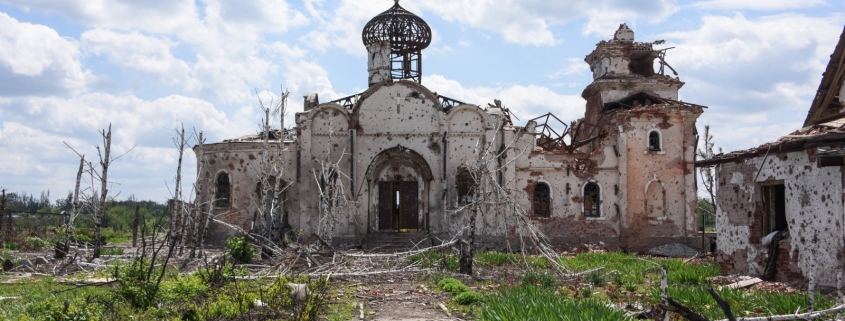

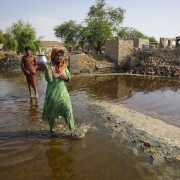
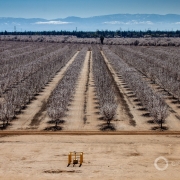
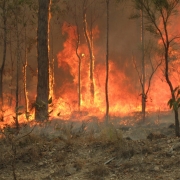

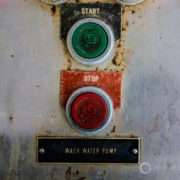
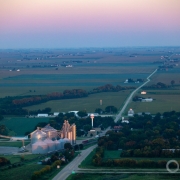



Leave a Reply
Want to join the discussion?Feel free to contribute!